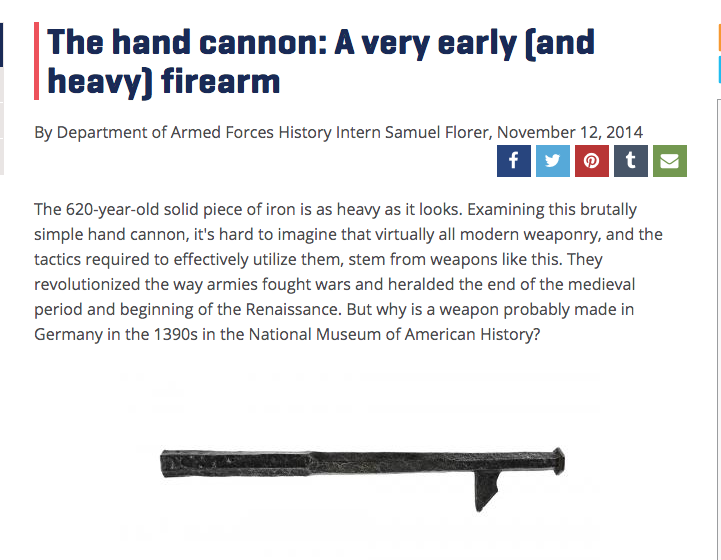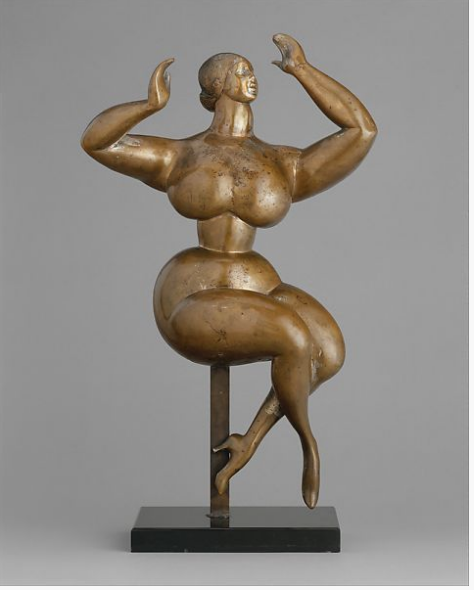February 2021
February 23, 2021
The Stasi Scent Library
The East German Stasi did a number of strange things, but perhaps the strangest was its attempt to create a scent library of its population. It was analogous to a fingerprint library, and was based on the premise that everyone had a unique scent which could be used to track them, if need be. From Dog Law Reporter:Sometimes Stasi officials did not bother with being subtle and merely told subjects to put a cloth under their armpits or even under their pants in the groin area. The cloth was carefully handled by tweezers in an effort not to allow contamination by other human scents.

Stasi Smelling Jars
Posted By: Alex - Tue Feb 23, 2021 -
Comments (2)
Category: Dictators, Tyrants and Other Harsh Rulers, Police and Other Law Enforcement, Smells and Odors
The Cure
Posted By: Paul - Tue Feb 23, 2021 -
Comments (5)
Category: Music, Television, 1960s, Diseases, Love & Romance
February 22, 2021
The Blanc Mask
A new face mask that not only filters air but also prevents facial recognition.More info: blancmasks.com, gizmodo


Posted By: Alex - Mon Feb 22, 2021 -
Comments (6)
Category: Fashion, Health
The Hand Cannon

Smithsonian article.
Wikipedia page.
Posted By: Paul - Mon Feb 22, 2021 -
Comments (3)
Category: Medieval Era, Renaissance Era, Asia, Europe, Weapons
February 21, 2021
The Mechanized Restaurant
British inventor Thomas Maldwyn Lewis and his partners apparently had some expertise in conveyor-belt technology. So they cast about for novel ways to apply this knowledge. What they came up with was the "mechanized restaurant". Their idea was to put diners on a conveyor belt and move them past serving stations. From their 1948 patent:

The inventors argued that this mechanization of the dining experience would "expedite the delivery of meals and enable more meals to be served with the use of a given floor area than is at present possible."
That may be true, but I doubt many restaurant owners would want to invest the money to build one of these, just for the sake of potentially serving a few more meals.
Not to mention the problem of slow eaters. I'm imagining a crowd of diners standing at the end of the conveyor belt, plates in hand, trying to finish their meals.
Posted By: Alex - Sun Feb 21, 2021 -
Comments (2)
Category: Restaurants, Technology, Patents, 1940s
Feminine Hygiene Ads 70s, 80s, 90s
Maybe nearly 500 of these ads is a little excessive for one playlist? See what you think! Here's the first, below, and the rest are here.
Posted By: Paul - Sun Feb 21, 2021 -
Comments (0)
Category: Business, Advertising, Hygiene, Women, Twentieth Century
February 20, 2021
Suing the Devil
1971: Inmate Gerald Mayo made legal history by trying to sue "Satan and his staff" for violating his rights by "placing irresistible temptation in his path." The judge dismissed the case because Satan lived outside the court's jurisdiction, and federal marshals were unable to bring him to the court.
Pomona Progress Bulletin - Dec 9, 1971
Suing the Devil was also the theme of a 2010 film starring Malcolm McDowell as Satan.
Posted By: Alex - Sat Feb 20, 2021 -
Comments (3)
Category: Religion, Lawsuits
Artwork Khrushchev Probably Would Not Have Liked 33

Nude Woman with Upraised Arms ca. 1926
Gaston Lachaise American
Posted By: Paul - Sat Feb 20, 2021 -
Comments (0)
Category: Art, Avant Garde, Statues and Monuments, Body Modifications, 1920s, North America
February 19, 2021
The Sundae of Tomorrow
The centerpiece of the 1939 New York World's Fair was a pair of structures known as the Trylon and Perisphere. Even today, they look very futuristic.
It occurred to some that the structures looked a bit like a scoop of ice cream and an upside-down cone. This inspired ice-cream parlors throughout America to offer what they called the "World's Fair Sundae" or the "Sundae of Tomorrow".


Hagerstown Daily Mail - July 21, 1939
It's a nice looking sundae. I'd get one if they were offered today. Though now the reference would be lost on most people.
Posted By: Alex - Fri Feb 19, 2021 -
Comments (3)
Category: Food, Junk Food, 1930s
Two Strange Asian Ads
I have no idea what any of this means.
Posted By: Paul - Fri Feb 19, 2021 -
Comments (4)
Category: Technology, Advertising, Asia
| Get WU Posts by Email | |
|---|---|

| Who We Are |
|---|
| Alex Boese Alex is the creator and curator of the Museum of Hoaxes. He's also the author of various weird, non-fiction books such as Elephants on Acid. Paul Di Filippo Paul has been paid to put weird ideas into fictional form for over thirty years, in his career as a noted science fiction writer. He has recently begun blogging on many curious topics with three fellow writers at The Inferior 4+1. Chuck Shepherd Chuck is the purveyor of News of the Weird, the syndicated column which for decades has set the gold-standard for reporting on oddities and the bizarre. Our banner was drawn by the legendary underground cartoonist Rick Altergott. Contact Us |

